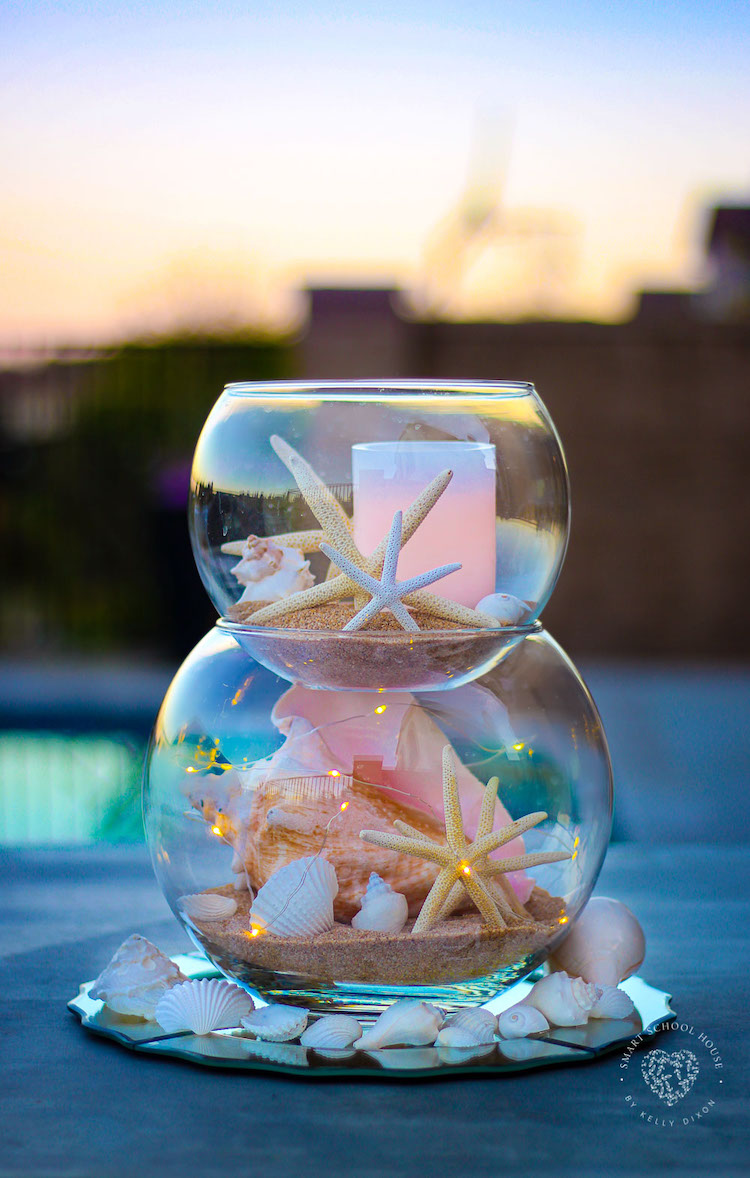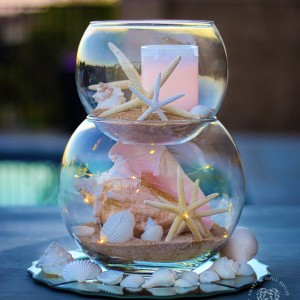Welcome to the enchanting world of decorative fish bowls! Having spent years curating my very own collection of fish bowls, I can assure you that these aquatic wonders can transform your space into a tranquil haven. In this extensive guide, we’ll delve into everything you need to know about decorative fish bowls, from their types and benefits to tips for care and maintenance.
What is a Decorative Fish Bowl?
A decorative fish bowl is not just a simple container for aquatic life; it’s a piece of art that can enhance your home décor. These bowls can come in various shapes, sizes, and designs, and they create an aesthetic appeal while providing a home for fish and aquatic plants.
Types of Decorative Fish Bowls
1. Glass Fish Bowls
Glass fish bowls are the most common type. They come in numerous designs, from round to square, and various thicknesses. Their transparency allows you to showcase your fish and decorations beautifully.
2. Acrylic Fish Bowls
Acrylic fish bowls are lightweight and less prone to shattering than glass. They offer a modern look and can be molded into unique shapes. However, they can scratch more easily than glass.

3. Self-Sustaining Fish Bowls
These innovative bowls integrate plants and fish in a self-sustaining ecosystem, requiring minimal maintenance. They are perfect for novices who want to enjoy the charm of fish bowls without a lot of work.
4. Themed Fish Bowls
Themed fish bowls incorporate specific designs, such as underwater castles, coral reefs, or even fantasy themes. These bowls are particularly appealing for children or themed rooms.

The Benefits of Having a Decorative Fish Bowl
Mental Health Benefits
Studies have shown that fish tanks can reduce stress and anxiety levels. Watching fish swim can have a calming effect, making decorative fish bowls an excellent addition to your home or office.

Enhances Aesthetic Appeal
A well-decorated fish bowl adds beauty to any space. It serves as a conversation starter and can complement various interior design styles.
Educational Opportunities
Owning a fish bowl is an excellent way to teach children about responsibility, biology, and the importance of ecosystems. It can spark a lifelong interest in aquatic life.

Choosing the Right Decorative Fish Bowl
Size Matters
When selecting a fish bowl, size is crucial. Ensure the bowl is large enough to accommodate the type of fish you intend to keep. A general rule of thumb is one inch of fish per gallon of water.

Shape and Design
Consider the shape of the bowl. Round bowls are often more visually appealing, but square bowls can be more practical for filtration systems. Choose a design that fits your personal style and the room’s décor.
Filtration and Heating Options
Some decorative fish bowls come with integrated filtration and heating systems, while others may require additional equipment. It’s essential to consider these elements based on the fish species you plan to keep.

Essential Care Tips for Your Decorative Fish Bowl
Regular Water Changes
One of the most important aspects of fish bowl care is maintaining water quality. Change 10-20% of the water weekly to keep it clean and safe for your fish.
Monitor Water Parameters
Test for pH, ammonia, nitrite, and nitrate levels. Keeping these parameters stable is vital for the health of your fish.
Feeding Your Fish
Feed your fish a diet suitable for their species, but avoid overfeeding. Uneaten food contributes to water pollution.
Decorative Fish Bowl Accessories
Plants and Gravel
Using live or artificial plants enhances the bowl’s beauty and provides a natural habitat for fish. Gravel or sand serves as a substrate and can accentuate the overall look.
Unique Decorations
Consider adding items like small castles, driftwood, or rocks to create an appealing environment for your fish.
Pros and Cons of Decorative Fish Bowls
| Pros | Cons |
|---|---|
| Enhances home décor | Limited space for fish |
| Low maintenance (with self-sustaining options) | Requires regular water changes |
| Educational for children | Can be overwhelming for beginners |
Personal Experience with Decorative Fish Bowls
As a hobbyist, I’ve owned several decorative fish bowls over the years. Each bowl taught me something new. My first bowl was a simple glass model filled with neon tetra. I remember the joy of watching them dart around, their bright colors lighting up the room. Over time, I became more adventurous, experimenting with different types of fish and unique themes that matched my decor.
One of my favorites was a self-sustaining bowl combined with Java ferns and guppies. Not only did it require minimal maintenance, but it also offered a beautiful ecosystem that thrived on its own. Such experiences taught me that a decorative fish bowl can be both an art piece and a living entity.
FAQs about Decorative Fish Bowls
What fish are best for decorative fish bowls?
Opt for smaller fish like bettas, guppies, or goldfish. They adapt well to bowl life and are visually appealing.
How often should I clean my decorative fish bowl?
For optimal hygiene, perform partial water changes weekly and clean the bowl thoroughly every month.
Can you keep live plants in a decorative fish bowl?
Yes! Live plants like Java moss or anubias can thrive in a fish bowl and help maintain water quality.
Is a decorative fish bowl suitable for beginners?
While they can be simple to maintain, it’s essential to educate yourself about the needs of the fish you choose before diving in.
Final Thoughts
Decorative fish bowls offer a unique blend of beauty and tranquility that can enhance any home. The journey of caring for fish is rewarding and can teach valuable lessons about responsibility and the environment. Whether you’re a seasoned aquarist or just starting, there’s a decorative fish bowl out there just waiting to become part of your life.
Thank you for joining me on this exploration of decorative fish bowls. May your aquatic adventures be as delightful and colorful as the fish that inhabit them!